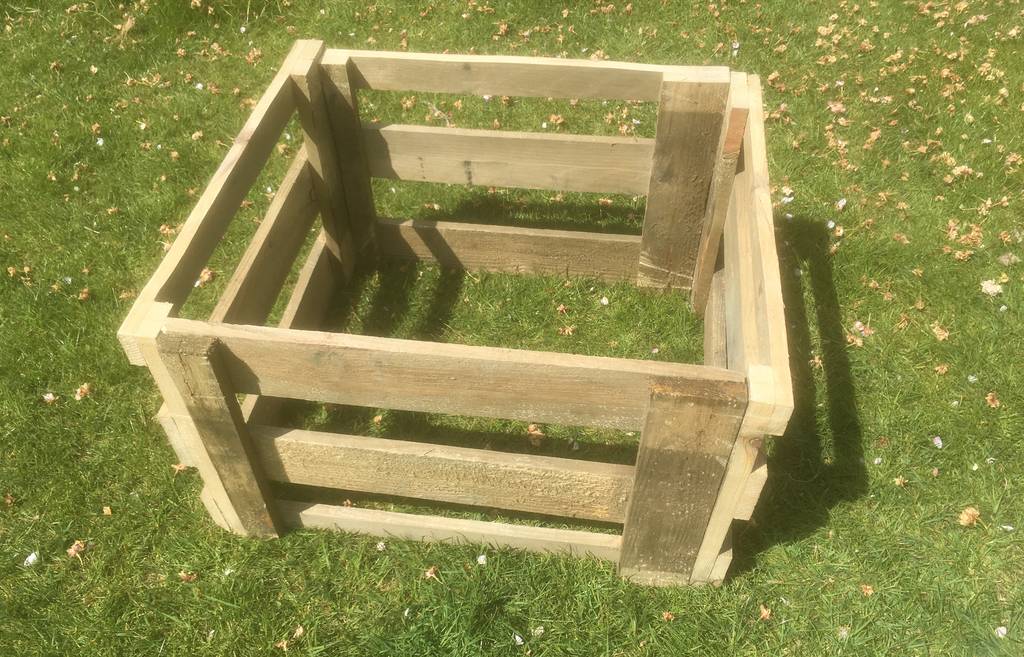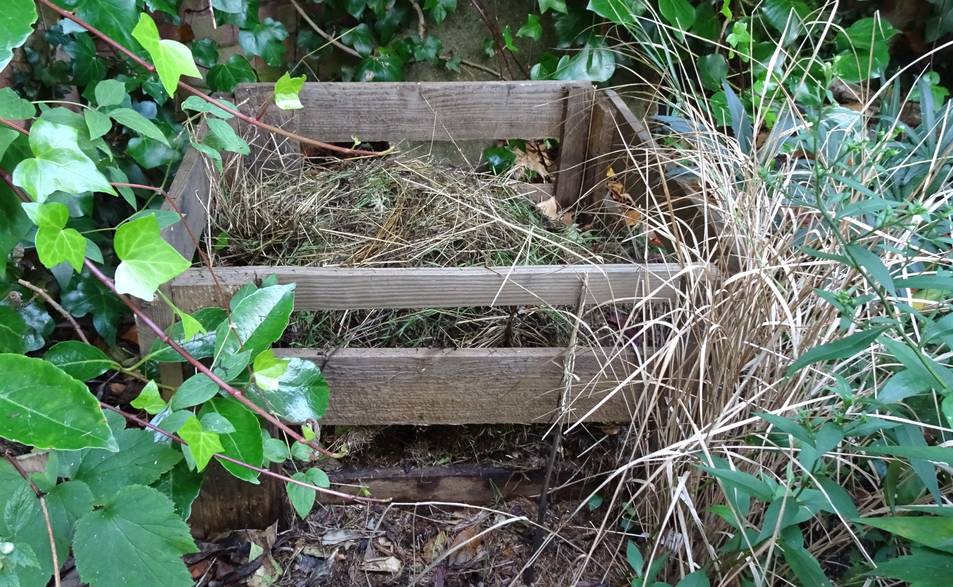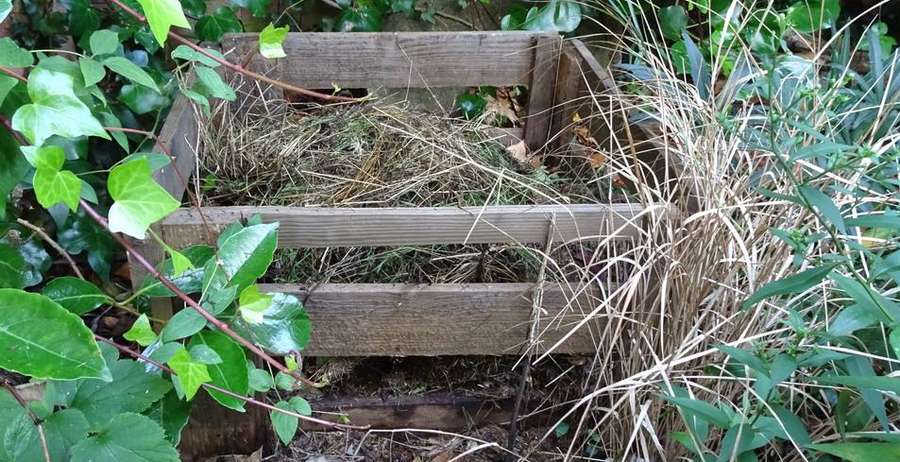Compost heaps are a fantastic environment for wildlife providing both food and somewhere to live for many invertebrates including woodlice, earwigs and worms to name but a few. The decomposing matter also generates heat which makes compost heaps an ideal place for amphibians and reptiles who do not produce their own body heat and rely on their surroundings to keep warm. On top of all this, the abundance of invertebrates will bring predators such as hedgehogs, birds and bats.

Let Nature Take Over
Creating a wildlife compost heap is easy to do and can greatly increase the wildlife diversity in your garden, so how do you create a wildlife compost heap?
- Find a Suitable Location
A quiet corner of the garden near some undergrowth is going to be a good place to locate your wildlife compost heap. If the position of your compost heap is secluded and near the cover of undergrowth then it will be safer and more appealing to wildlife. It doesn’t need to be large either, any size heap is a great place for life to prosper. The location can be sunny or shaded, different environments will attract different wildlife. For example, grass snakes and slow worms will enjoy the direct sun for basking whilst toads, worms and woodlice will appreciate some damp shady cover. A happy compromise of partial shade will give the best of both worlds. - Lay the Foundations
In its simplest form, a wildlife compost heap can be exactly that, a heap. Just find a spot and start composting. But, if you want to contain your heap then you could use a simple framework to keep it looking good and stop it from spreading. This could be a shop-bought compost heap frame or something you repurpose such as some old fence panels or a delivery pallet. The important thing is, whatever you use, it should have easy access for wildlife from the sides, so something with an open framework will work best. - Start Wildlife Composting
With your site prepared you can now start adding your compostable materials. As with any compost heap, you can add most of your garden and kitchen waste but it is best not to add cooked food as this is likely to attract bigger animals such as foxes or badgers who may dig up and disturb the environment. If your compost starts to look dry you can always give it a light watering with rainwater. As the material in your wildlife compost heap starts to decompose the heap will sink and reduce in size giving you more room to add more of your kitchen peelings and garden trimmings. Just keep it topped up and it will provide a vital wildlife environment for years to come.

Wildlife Compost Heap Tips
If you want to make your compost heap a 5-star wildlife environment then the following tips will help:
- Don’t Turn or Use the compost.
You could consider keeping the compost heap purely as an undisturbed wildlife haven. This means not turning or removing the compost but instead leaving it entirely to nature. This will allow animals such as (if you’re lucky) grass snakes to build nests that will not be disturbed. - Provide a mixture of compost matter
Try to keep a good mix of different materials. Using a mixture of lush fine green material and dry brown twigs and leaves helps the composting process and will also provide a diverse food source for all your compost inhabitants. - Make it Attractive
If you are going all out for a wildlife compost heap then you don’t have to follow the normal ‘rules’ of composting. This allows you to tailor an environment that is most appealing to wildlife. Here are some tips…– Layer in some larger sticks or piles of twigs, then when you add other more dense material on top such as grass cuttings, the twigs will create cavities that will provide places for various creatures, such as bumblebees to nest.
– If you have the room, consider making the environment around the heap more appealing by adding some rocks or a log pile that will provide basking and hiding places for wildlife.
– Leave a plank of wood or a flat stone on top of the compost. This can help hold down the compost and will provide more cover for invertebrates that like to stay nearer the surface of the compost heap (you can also carefully lift it occasionally to see what’s living underneath).

Build it and They Will Come
A wildlife compost heap will attract all kinds of wildlife to your garden and provide a vital environment for the creatures that play such an important role in the healthy running of your garden. Your single wildlife compost heap may not seem significant, but every single compost heap is a vital habitat and a great way to help our struggling wildlife.
And remember…It won’t take long for your compost heap to take on a life of its own. Almost immediately wildlife will start to move in giving you a fantastic spot to enjoy watching wildlife at close quarters. Build it and they will come!


